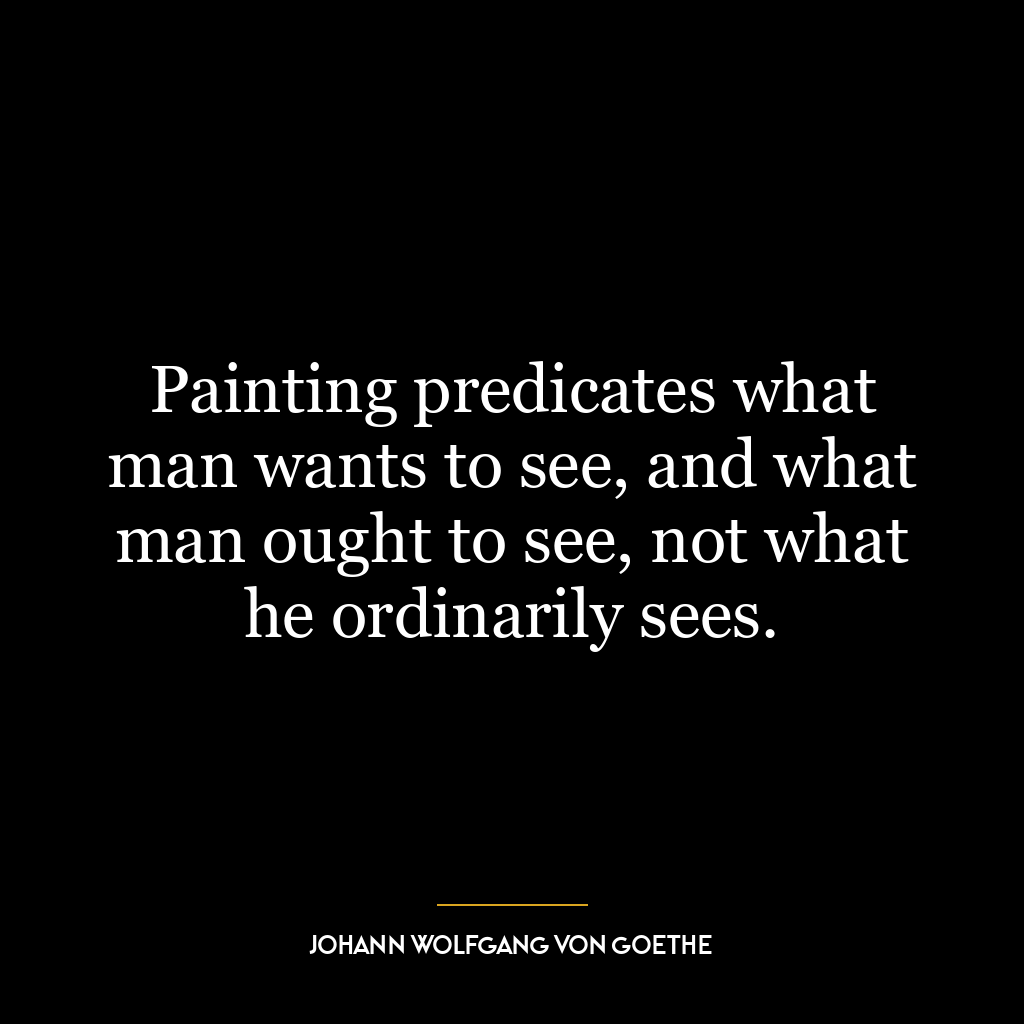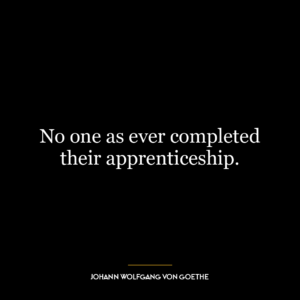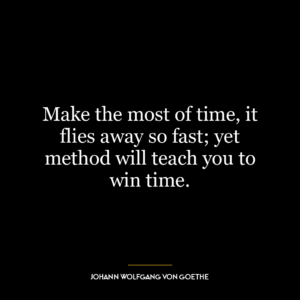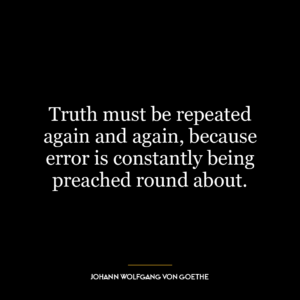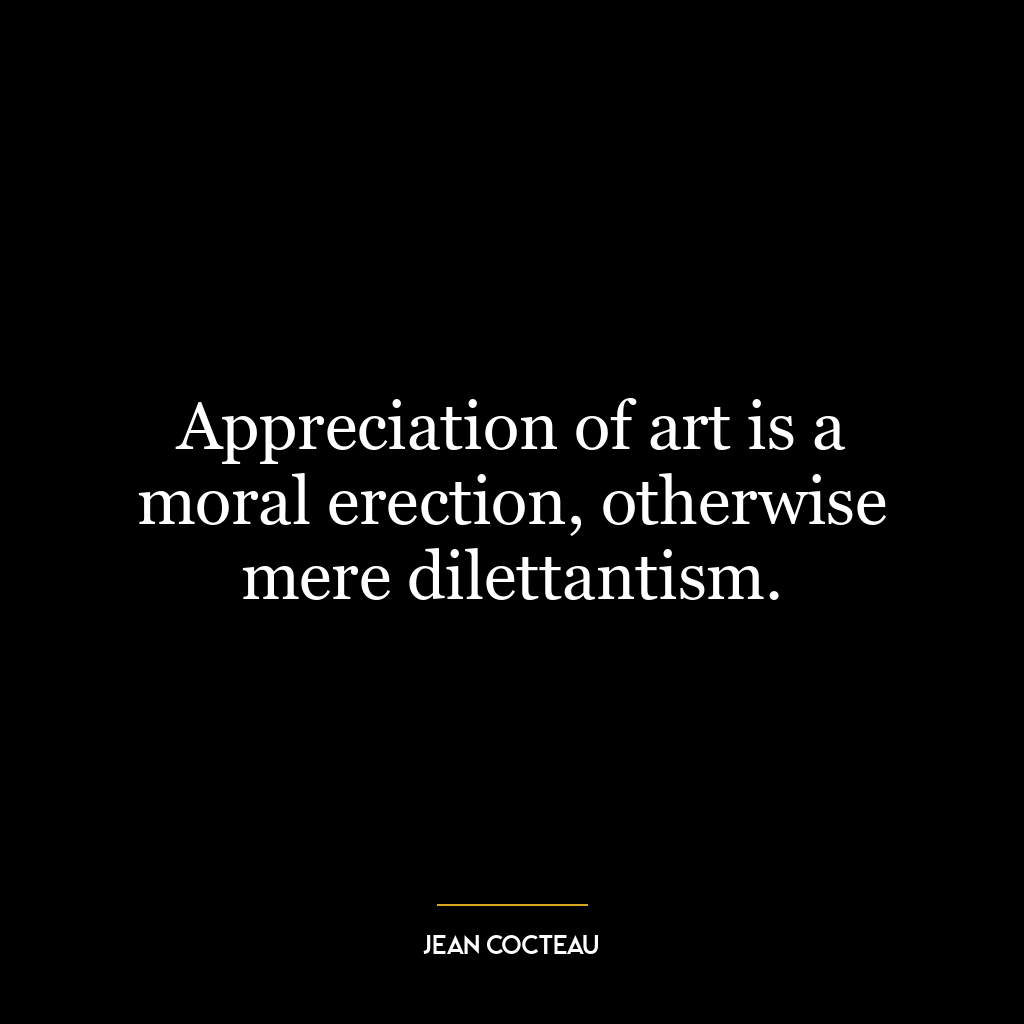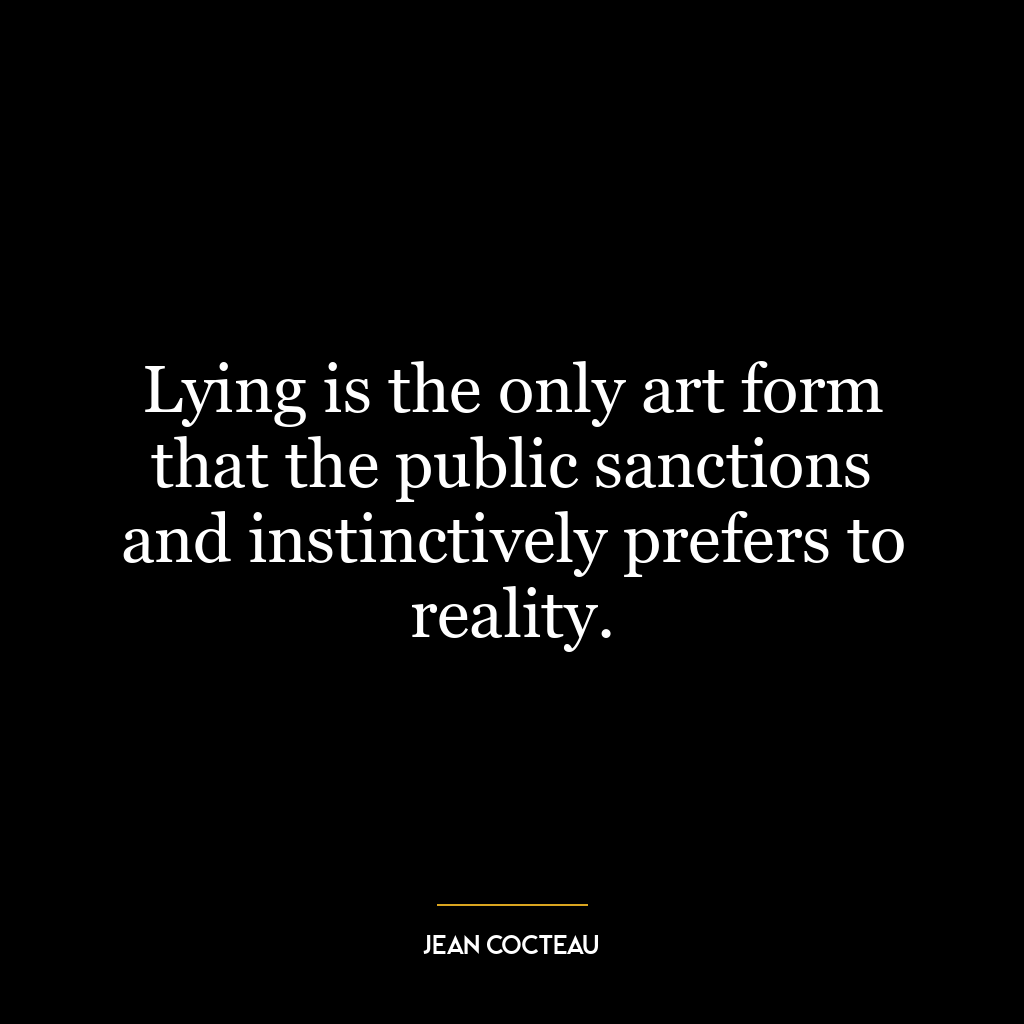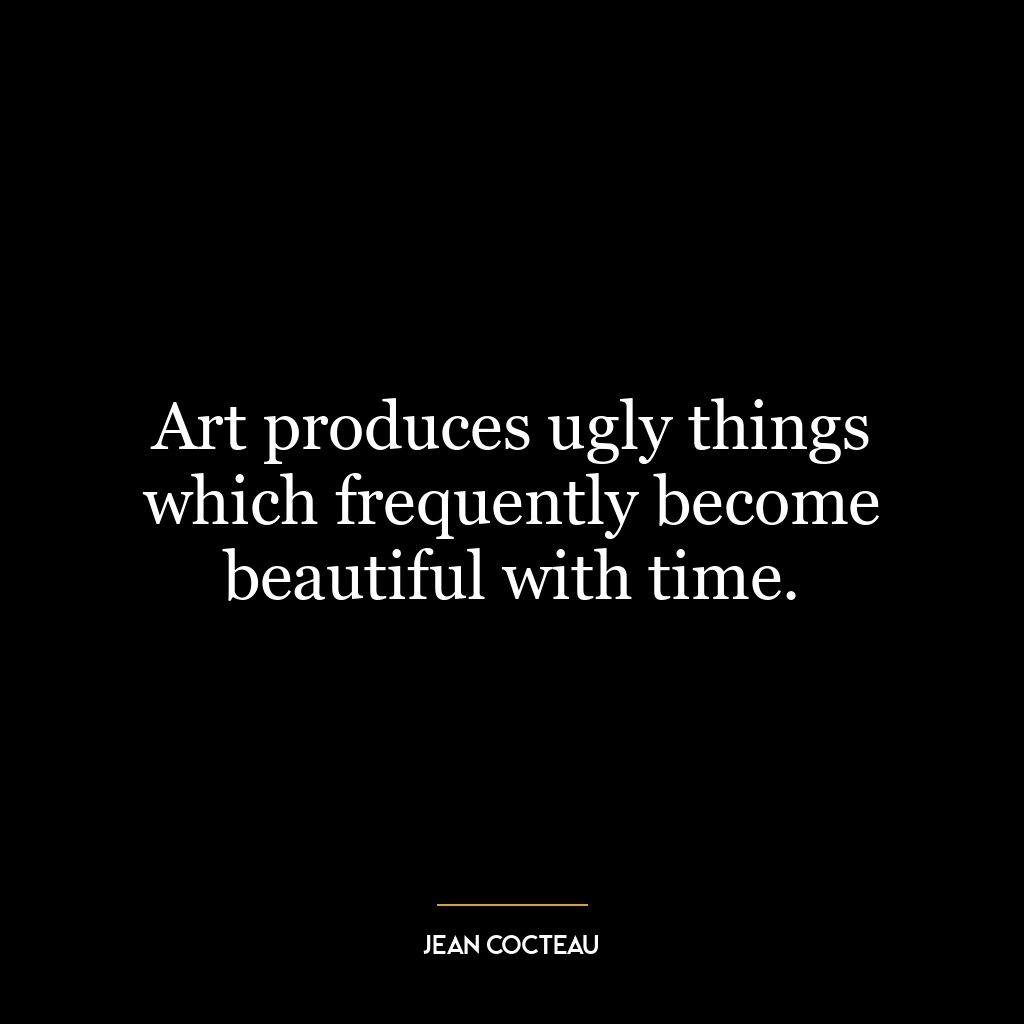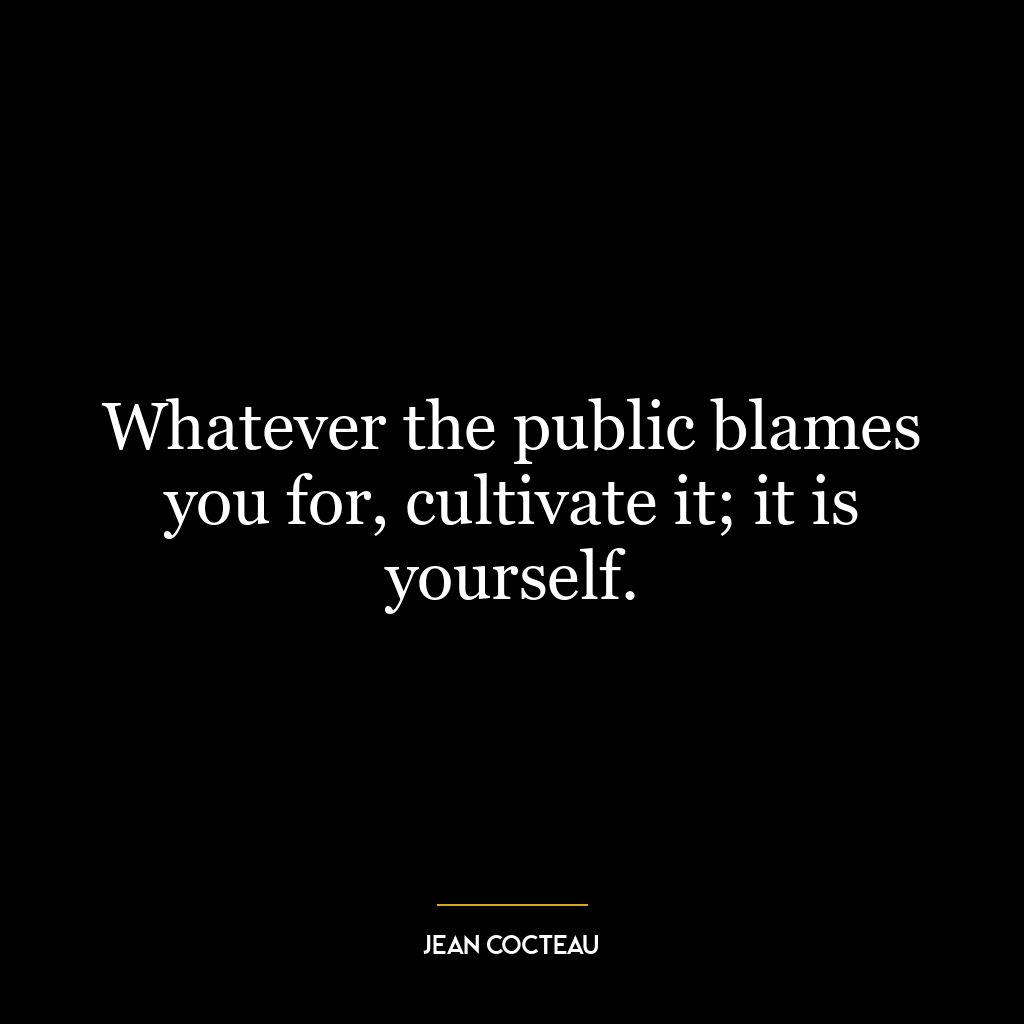This quote suggests that the purpose of painting is not merely to replicate everyday reality, but rather to express the artist’s desires, aspirations, and ideals. It’s not about capturing what we see with our eyes, but what we see with our minds and hearts. It’s about envisioning a world that might not exist yet, but that we wish to bring into existence. It’s about challenging the status quo and inviting viewers to see the world through a different lens.
On another level, the quote implies that art should also depict what man “ought to see,” meaning it can serve as a moral or ethical guide. This doesn’t necessarily mean that art should preach or moralize, but rather that it can help us to visualize better versions of ourselves and our world. It can inspire us to strive for higher ideals and to engage more deeply with the ethical and moral dimensions of our lives.
In today’s world, this idea is as relevant as ever. In an era of unprecedented change and uncertainty, we need art that helps us to imagine new possibilities and to navigate complex ethical terrain. We need art that challenges us, that makes us uncomfortable, that forces us to see things from different perspectives. We need art that doesn’t simply reflect the world as it is, but that helps us to envision the world as it could be.
In terms of personal development, this quote suggests that we should strive to see not just what is, but what could be. We should cultivate our ability to imagine new possibilities and to envision better versions of ourselves. We should not be content with the status quo, but should constantly strive for growth and improvement. We should use our imagination and our moral judgment to guide us in this process, just as an artist uses these tools to create a painting.

